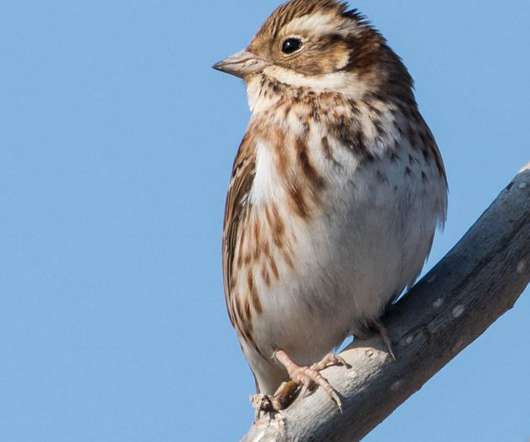Birding Yancheng, Jiangsu
10,000 Birds
SEPTEMBER 6, 2022
In Daurian Redstarts , personality traits (specifically, whether a bird is shy or bold) partly determine how good an individual is in rejecting cuckoo eggs in its nest. Apparently, birds that are fast in exploring new things – bold birds – are better at rejecting parasitic eggs ( source ).












Let's personalize your content